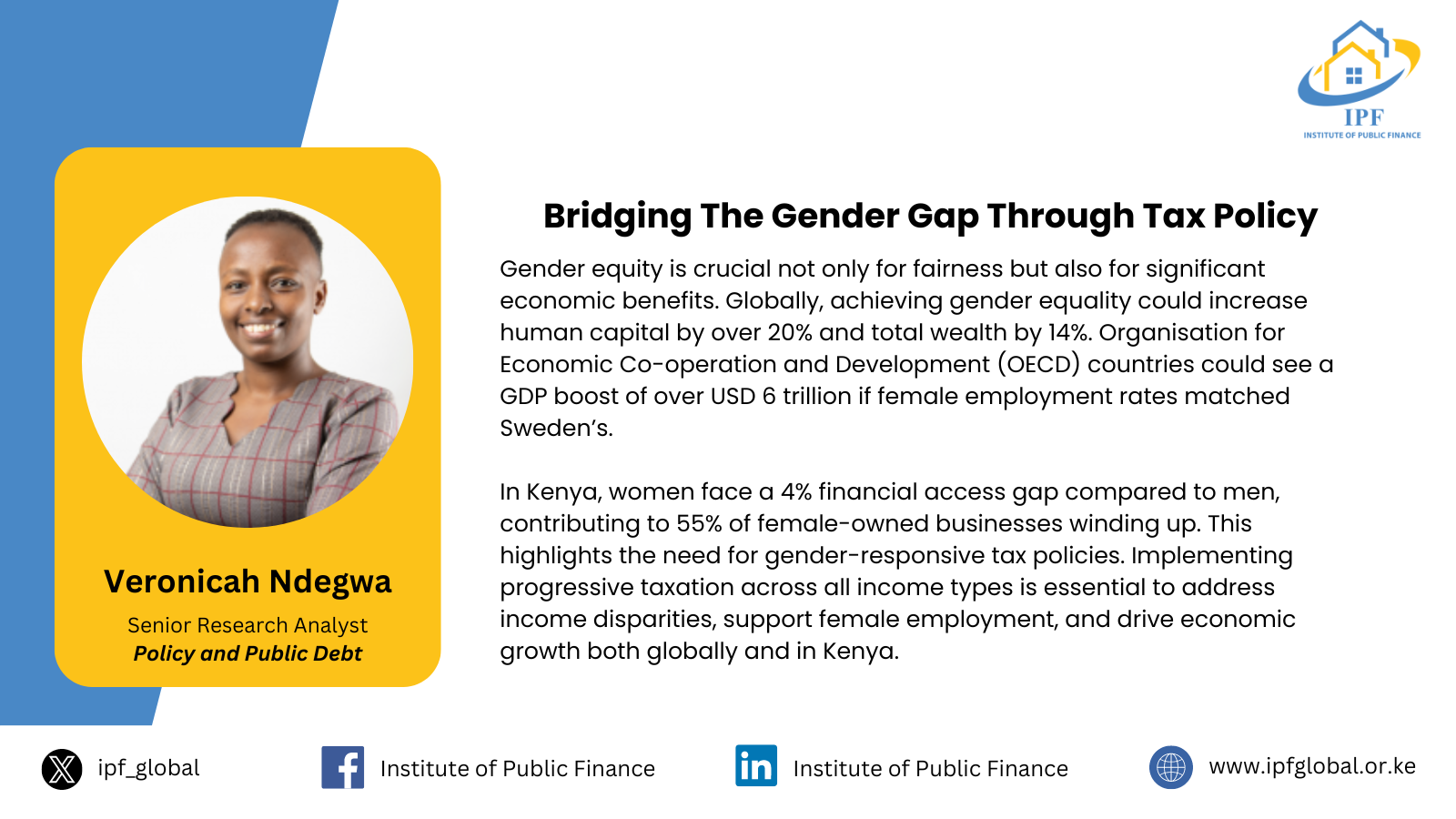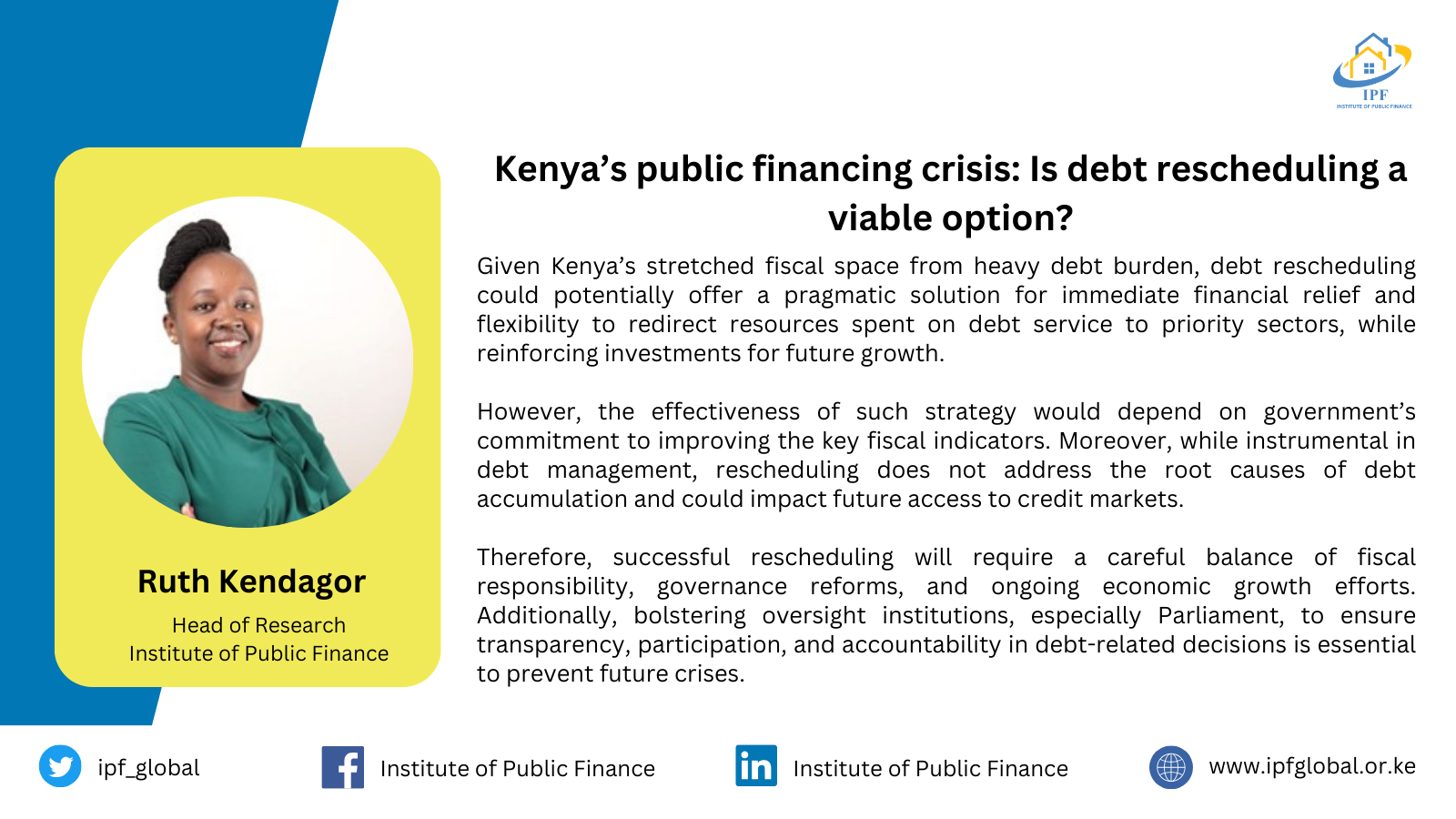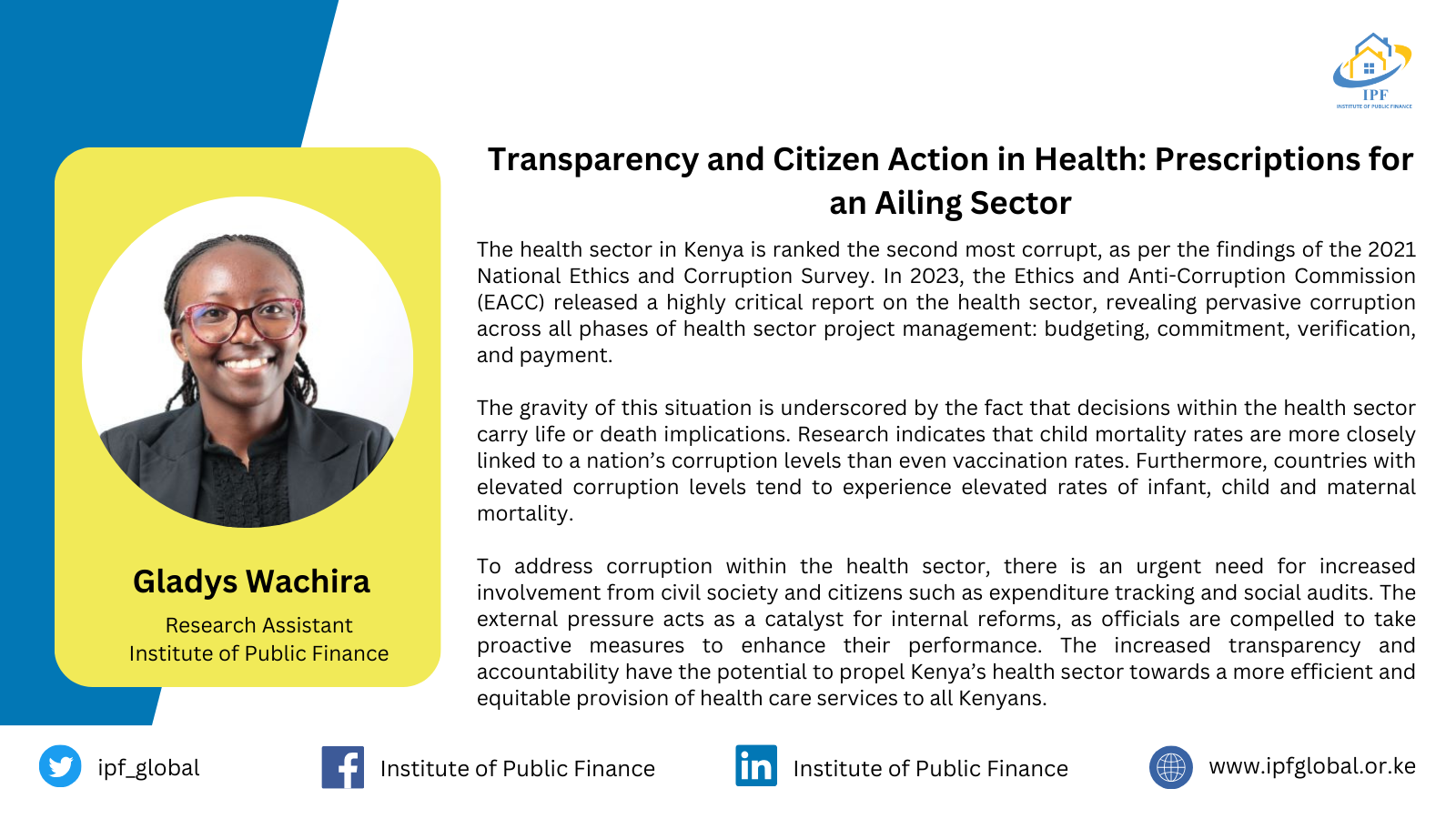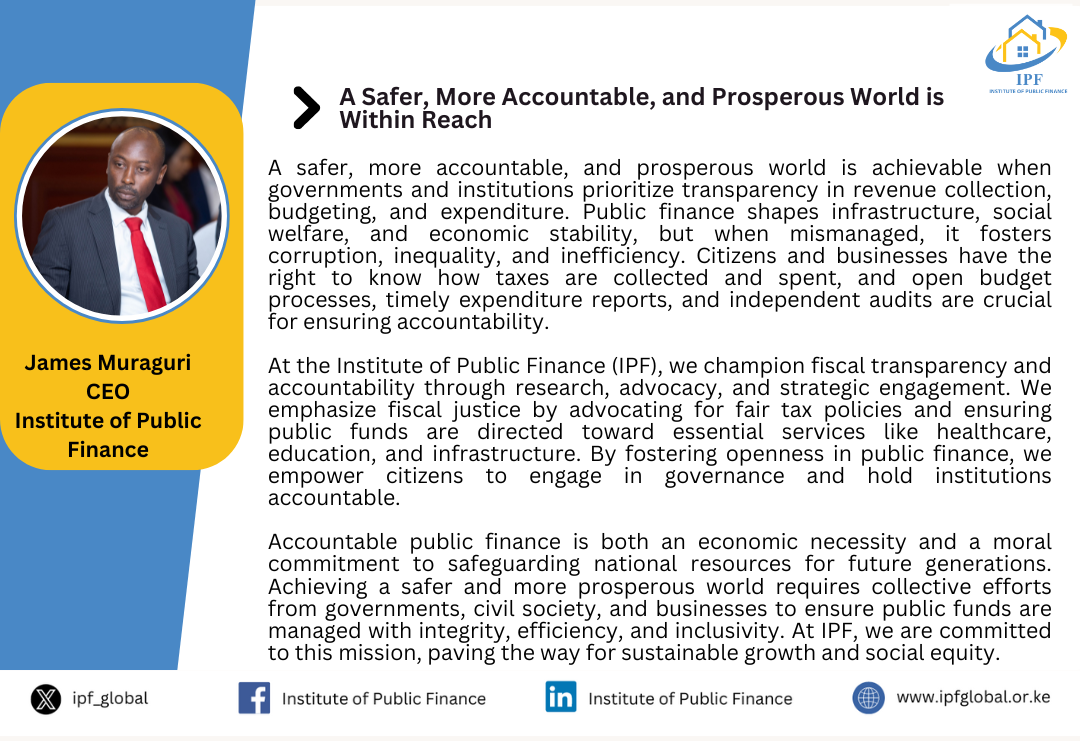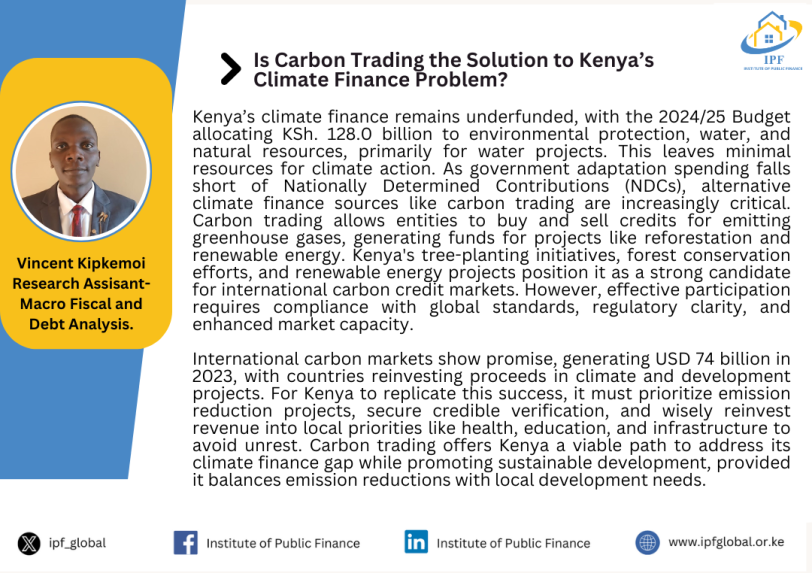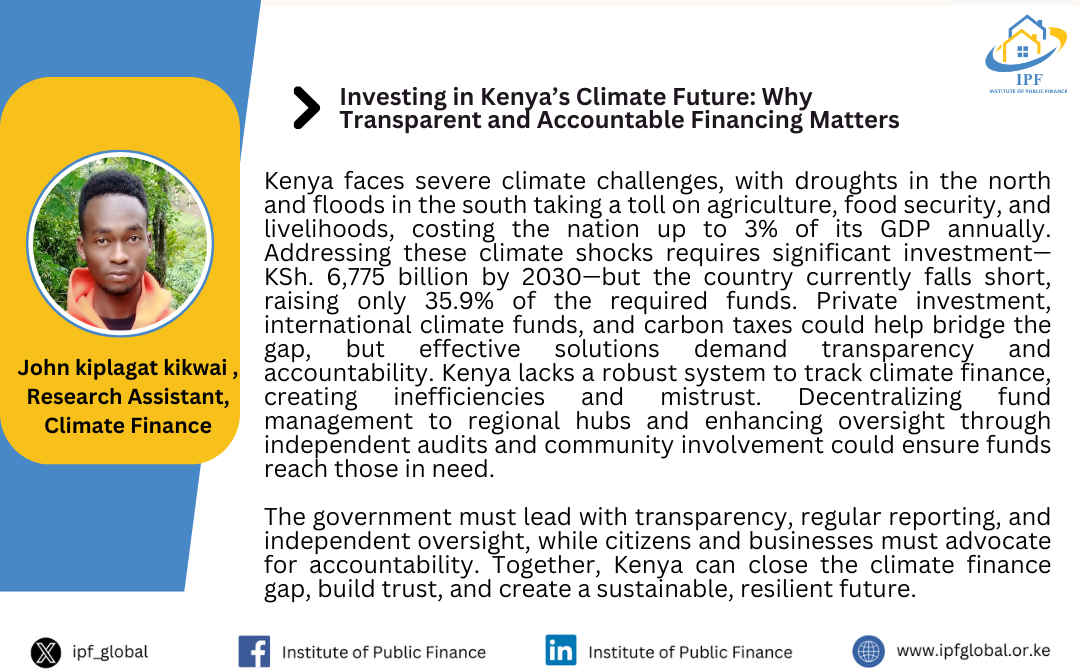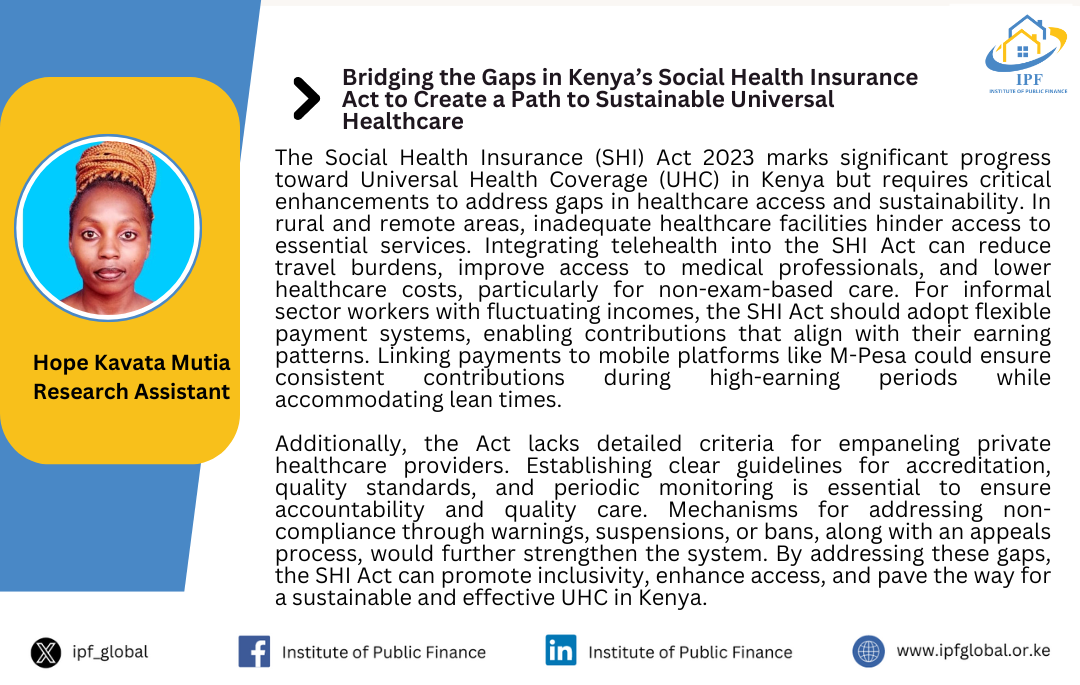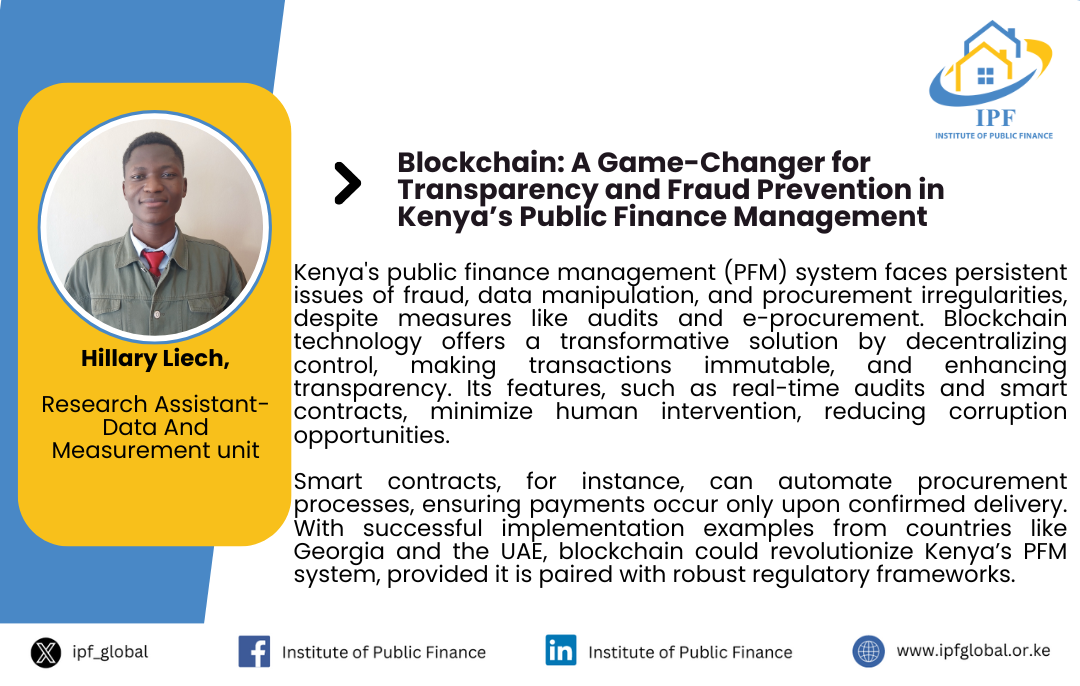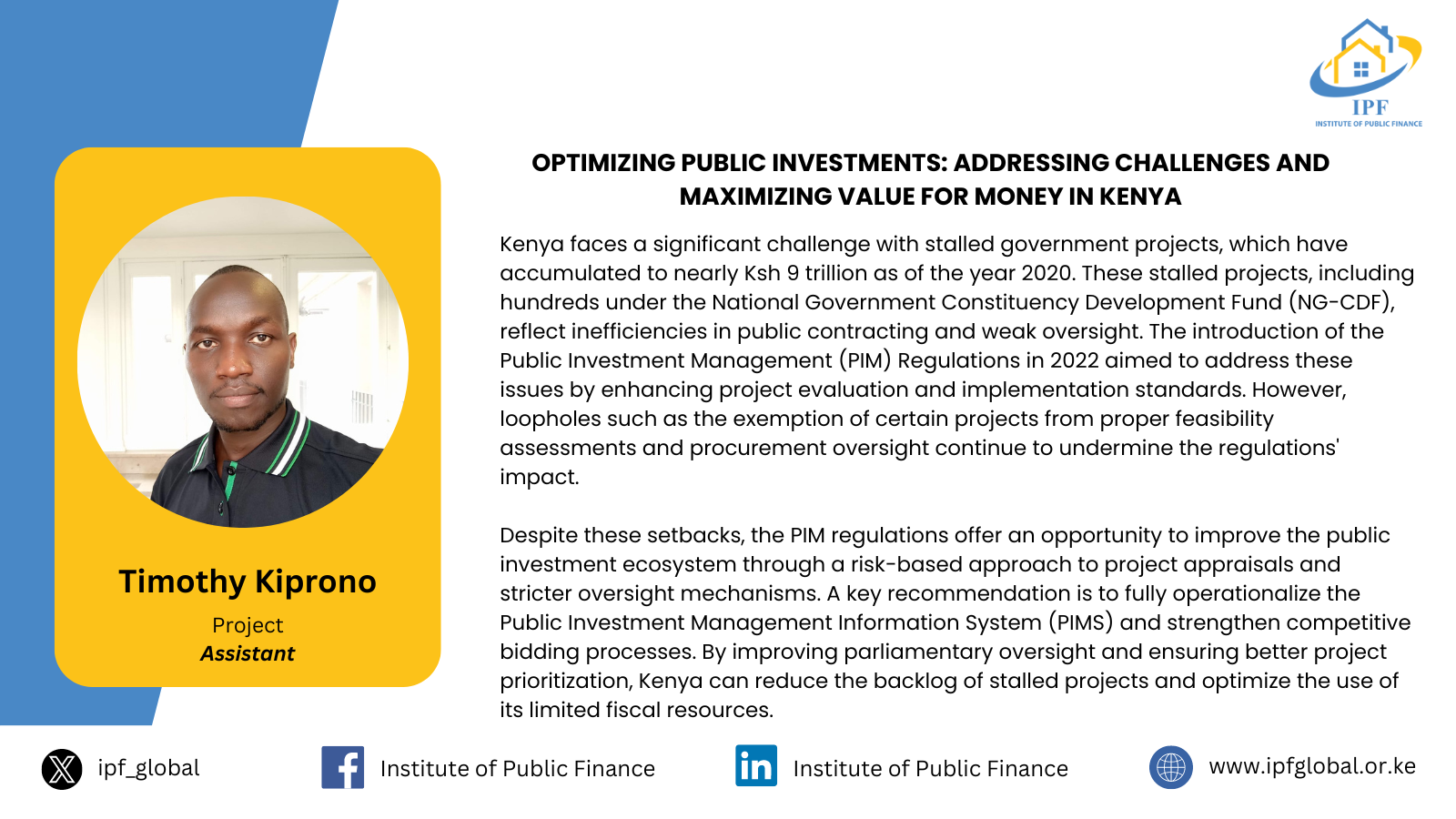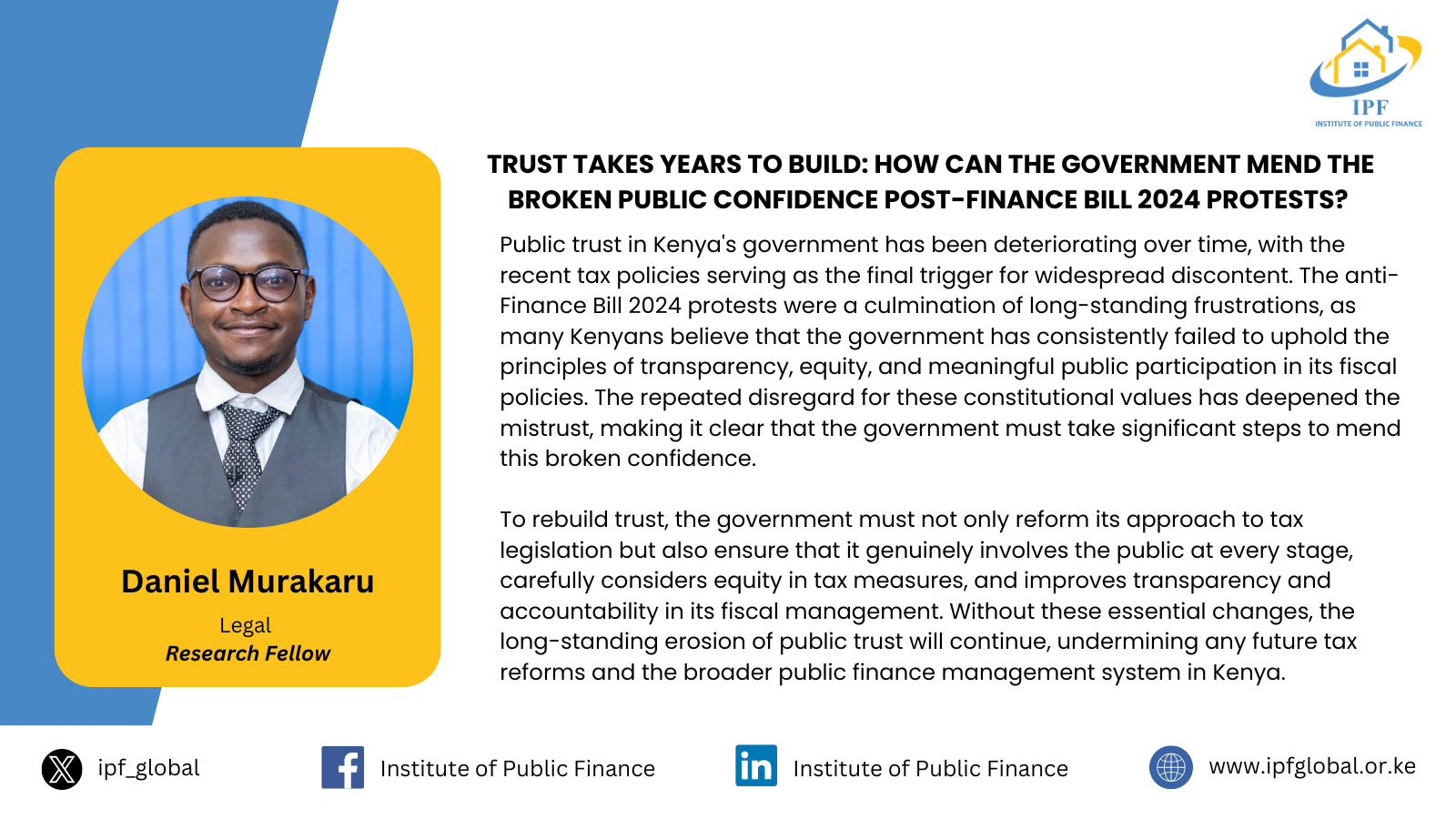How Budget Estimates Are Distributed in FY 2025/26 by Sector and MDAs
Get data-driven insights into how Kenya’s proposed 2025/26 budget flows from sectors to the Ministries, Departments, and Agencies delivering public services. See which priorities receive the most funding and how resources are expected to be allocated across government programs.
Explore the Budget by Sector
We break down the FY 2025/26 Budget Estimates for each government sector and show how funds are allocated to the Ministries, Departments, and Agencies (MDAs) delivering key programs and services.
Fact-based answers to the questions we’ve all been asking
How much is the Kenyan government planning to spend in FY 2025/26?
The government proposes to spend Ksh 4.2 trillion in FY 2025/26 — a 6% increase from the FY 2024/25 Supplementary II Budget of Ksh 4.0 trillion.
How is the fiscal deficit expected to change in FY 2025/26?
The fiscal deficit is projected to drop from 5.1% of GDP in FY 2024/25 (Supplementary II) to 4.5% of GDP in FY 2025/26. However, due to past trends, this figure may be revised upward in future budgets.
Which sector received the largest share of the budget?
The Education sector received the largest allocation, at 29% of the total budget (approximately Ksh 700 billion), followed by the Energy, Infrastructure, and ICT sector.
How is the FY 2025/26 budget being financed?
The fiscal deficit will be financed through domestic borrowing of Ksh 592 billion and external borrowing of Ksh 284 billion.
How much is allocated to counties in FY 2025/26?
Counties will receive Ksh 405 billion as equitable share, a 3% decrease from FY 2024/25, but additional allocations to counties have risen by 156%, from Ksh 27 billion to Ksh 70 billion.
What does the FY 2025/26 budget mean for services that affect ordinary Kenyans?
The budget prioritizes sectors like education and infrastructure, with increased funding for programs such as livestreamed lessons in 8,000 secondary schools and rural electrification. However, some critical social services are facing cuts — for example, the Primary Education programme was cut by 17%, and the Social Development and Children Services programme saw a 66% reduction. These changes may affect school feeding programs and community-based welfare initiatives.
Quick Links
Contact
OFFICE
Rosami Court. Fourth Floor, Office Number 8
PHONE
+254 758 728 882
info@ipfglobal.or.ke



